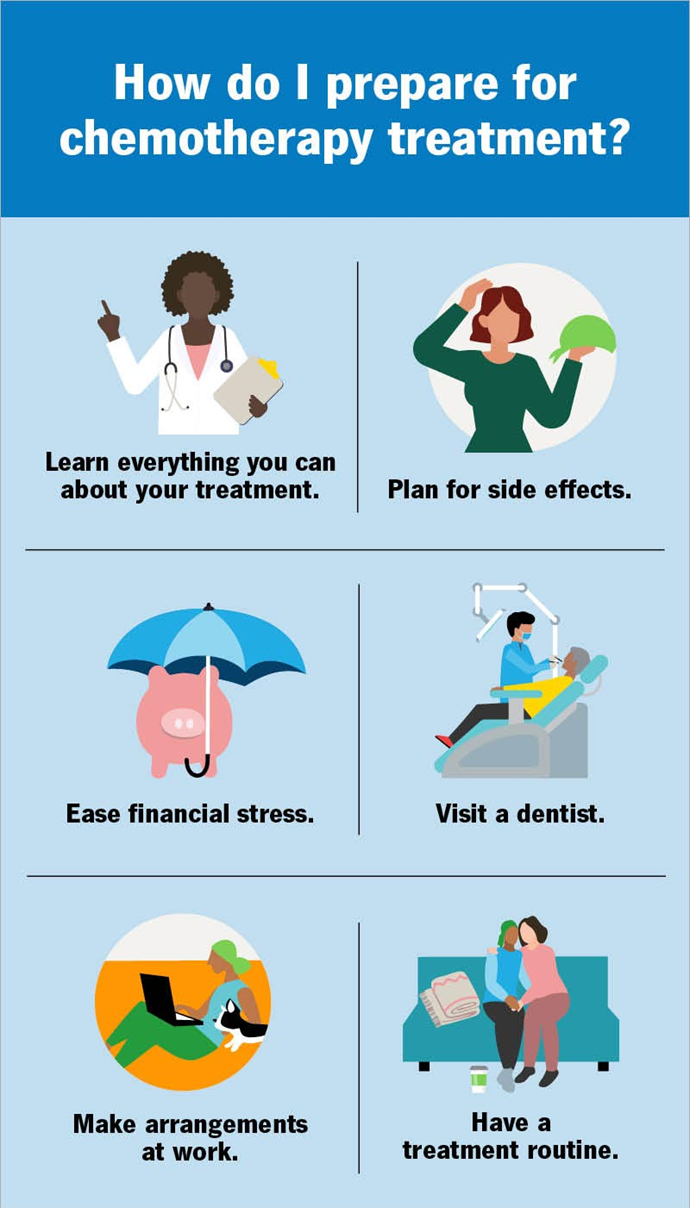A nurse is preparing to administer 40 mg of furosemide IV. Available is furosemide 10 mg/mL. How many mL should the nurse administer per dose?
The Correct Answer is ["4"]
Step 1: Determine the dosage required. Required dosage = 40 mg
Step 2: Determine the concentration of the available solution. Available concentration = 10 mg/mL
Step 3: Calculate the volume to be administered. Volume to be administered = Required dosage ÷ Available concentration Volume to be administered = 40 mg ÷ 10 mg/mL
Step 4: Perform the division. 40 ÷ 10 = 4
= The nurse should administer 4 mL.
Nursing Test Bank
Naxlex Comprehensive Predictor Exams
Related Questions
Correct Answer is ["A","B","C","D"]
Explanation
Choice A reason: Add Cream to Soups
Adding cream to soups is an excellent way to increase both calorie and protein intake. Cream is rich in fat and calories, which can help in weight gain and provide the necessary energy for clients undergoing chemotherapy. Additionally, it enhances the flavor and texture of soups, making them more palatable for clients who may have a reduced appetite due to treatment.

Choice B reason: Dip Meats in Eggs and Bread Crumbs Before Cooking
Dipping meats in eggs and bread crumbs before cooking adds extra calories and protein. Eggs are a good source of high-quality protein, and bread crumbs add additional calories. This method also helps to create a more appealing texture and flavor, which can be beneficial for clients experiencing taste changes due to chemotherapy.
Choice C reason: Use Milk Instead of Water in Recipes
Using milk instead of water in recipes is another effective strategy to boost calorie and protein intake. Milk contains essential nutrients, including protein, calcium, and vitamins, which are important for maintaining strength and health during chemotherapy. This substitution can be applied to various recipes, such as oatmeal, mashed potatoes, and smoothies.
Choice D reason: Top Fruits with Yogurt
Topping fruits with yogurt not only increases calorie and protein intake but also adds beneficial probiotics. Yogurt is a good source of protein and calcium, and when combined with fruits, it provides a nutritious and appealing snack or dessert. This combination can help improve appetite and provide essential nutrients needed during chemotherapy.
Choice E reason: Increase Fluids During Meals
Increasing fluids during meals is not specifically aimed at increasing calorie and protein intake. While staying hydrated is important, excessive fluid intake during meals can sometimes lead to a feeling of fullness, which may reduce overall food intake. It is better to focus on nutrient-dense foods and beverages that provide both hydration and essential nutrients.
Correct Answer is B
Explanation
Choice A reason:
Draw sheet: A draw sheet can be used to assist in repositioning a patient, but it is not the most effective method for turning a client who has undergone spinal fusion. The primary concern is to maintain spinal alignment, which is best achieved through the log roll technique.
Choice B reason:
Log roll: The log roll technique is the preferred method for turning patients who have had spinal surgery. This technique involves moving the patient as a single unit, keeping the spine in alignment to prevent any twisting or bending that could disrupt the surgical site. It is especially important for obese patients to ensure that the spine remains stable during movement.
Choice C reason:
Sliding board: A sliding board is typically used to assist with transfers from one surface to another, such as from a bed to a wheelchair. It is not suitable for turning a patient in bed, particularly one who has had spinal surgery.
Choice D reason:
Hoyer lift: A Hoyer lift is a mechanical device used to lift and transfer patients who are unable to move themselves. While it can be useful for transferring patients, it is not designed for turning patients in bed and does not provide the necessary support to maintain spinal alignment during a turn.
Whether you are a student looking to ace your exams or a practicing nurse seeking to enhance your expertise , our nursing education contents will empower you with the confidence and competence to make a difference in the lives of patients and become a respected leader in the healthcare field.
Visit Naxlex, invest in your future and unlock endless possibilities with our unparalleled nursing education contents today
Report Wrong Answer on the Current Question
Do you disagree with the answer? If yes, what is your expected answer? Explain.
Kindly be descriptive with the issue you are facing.
